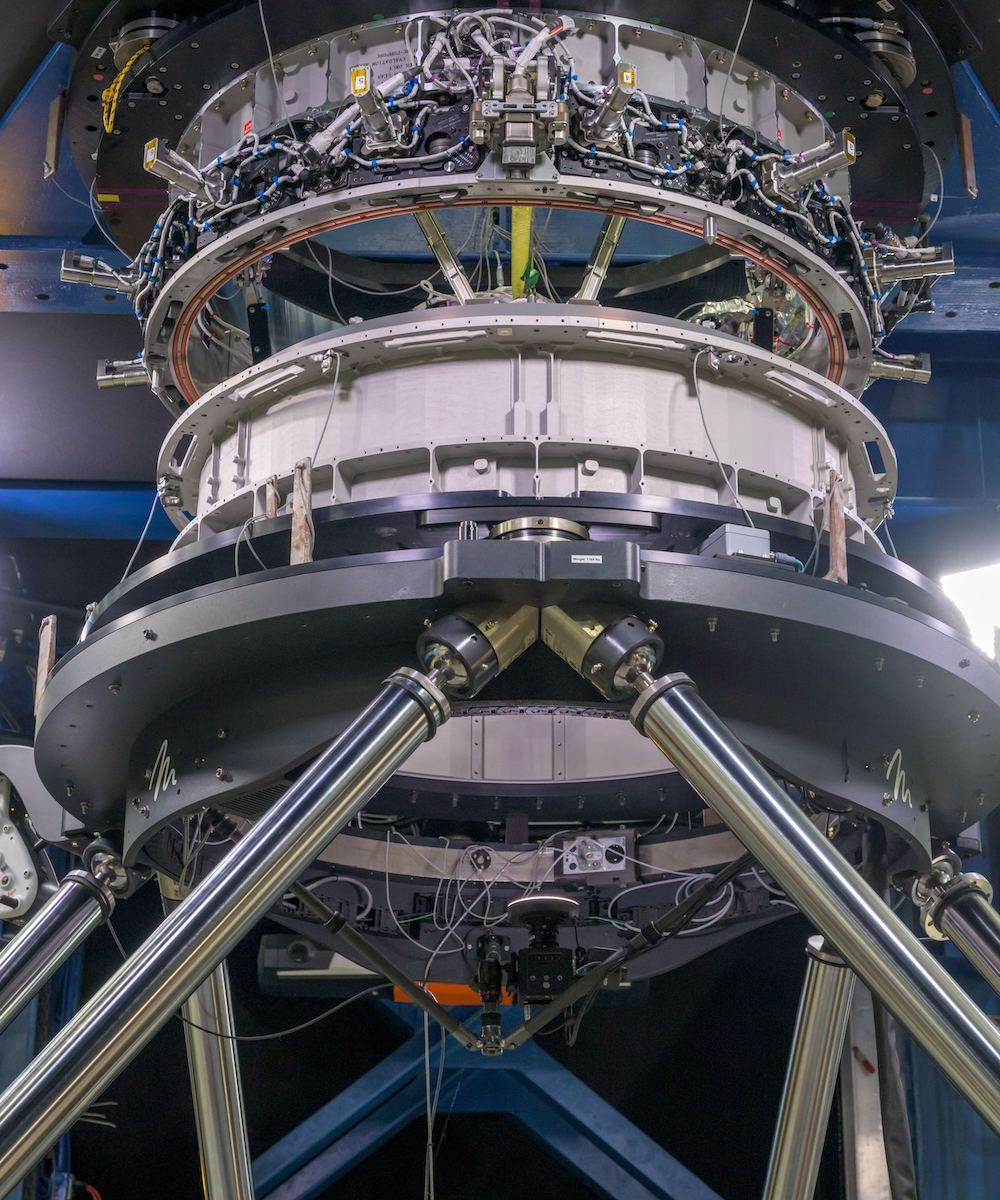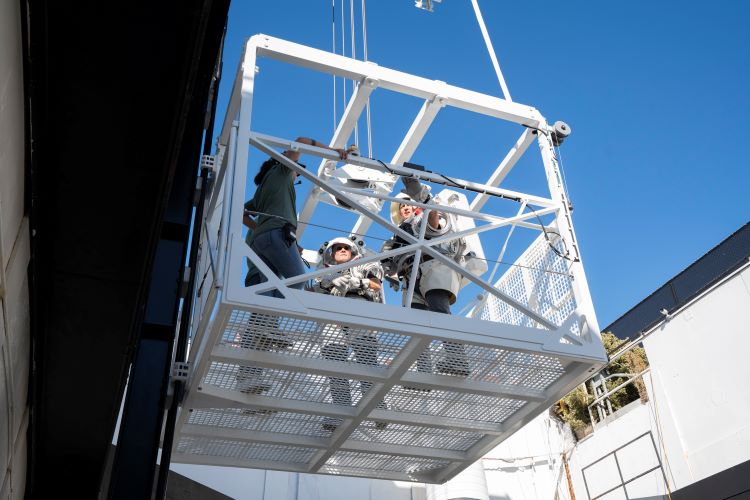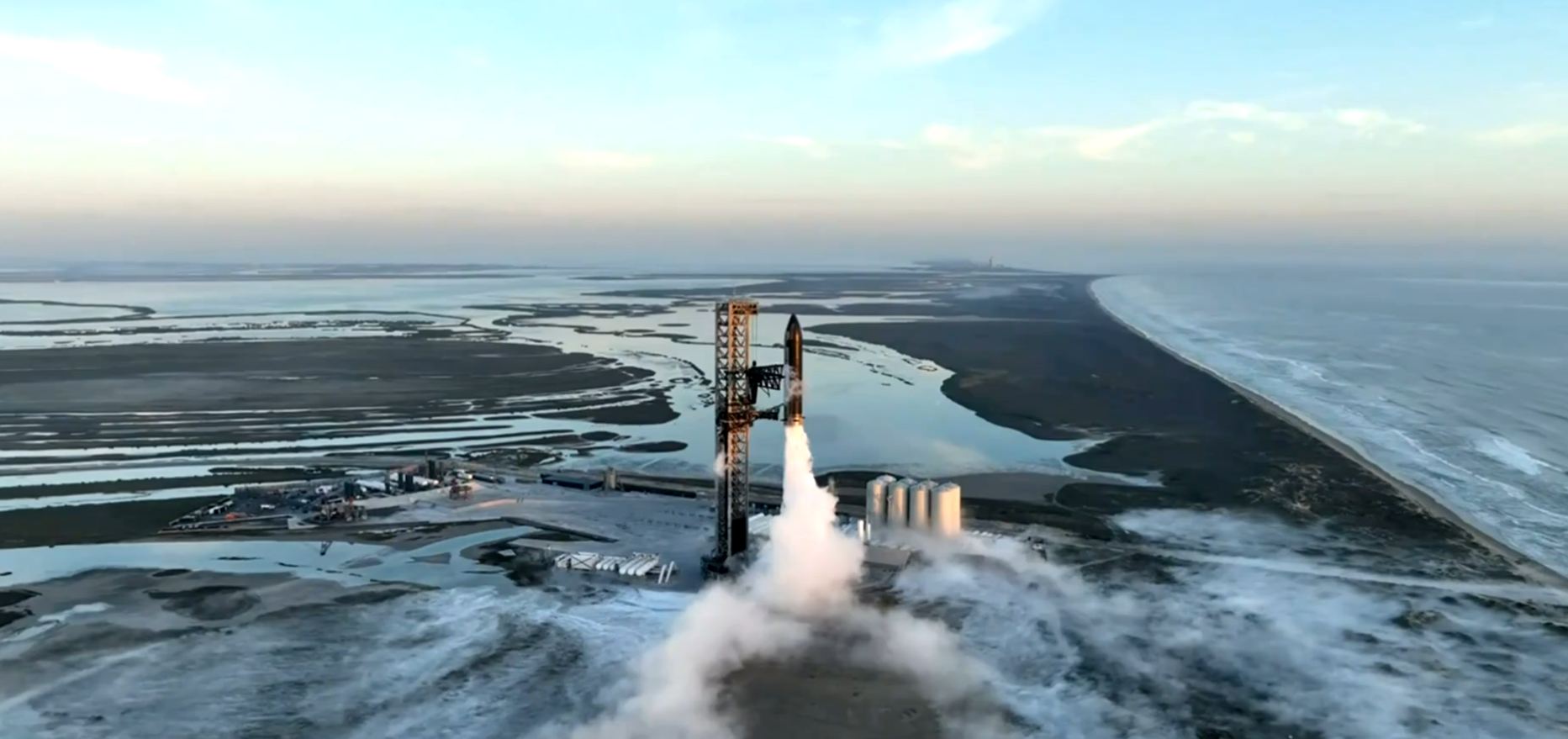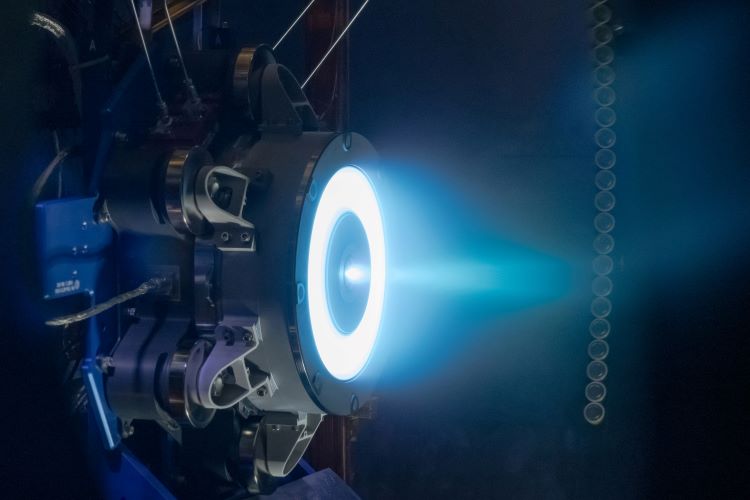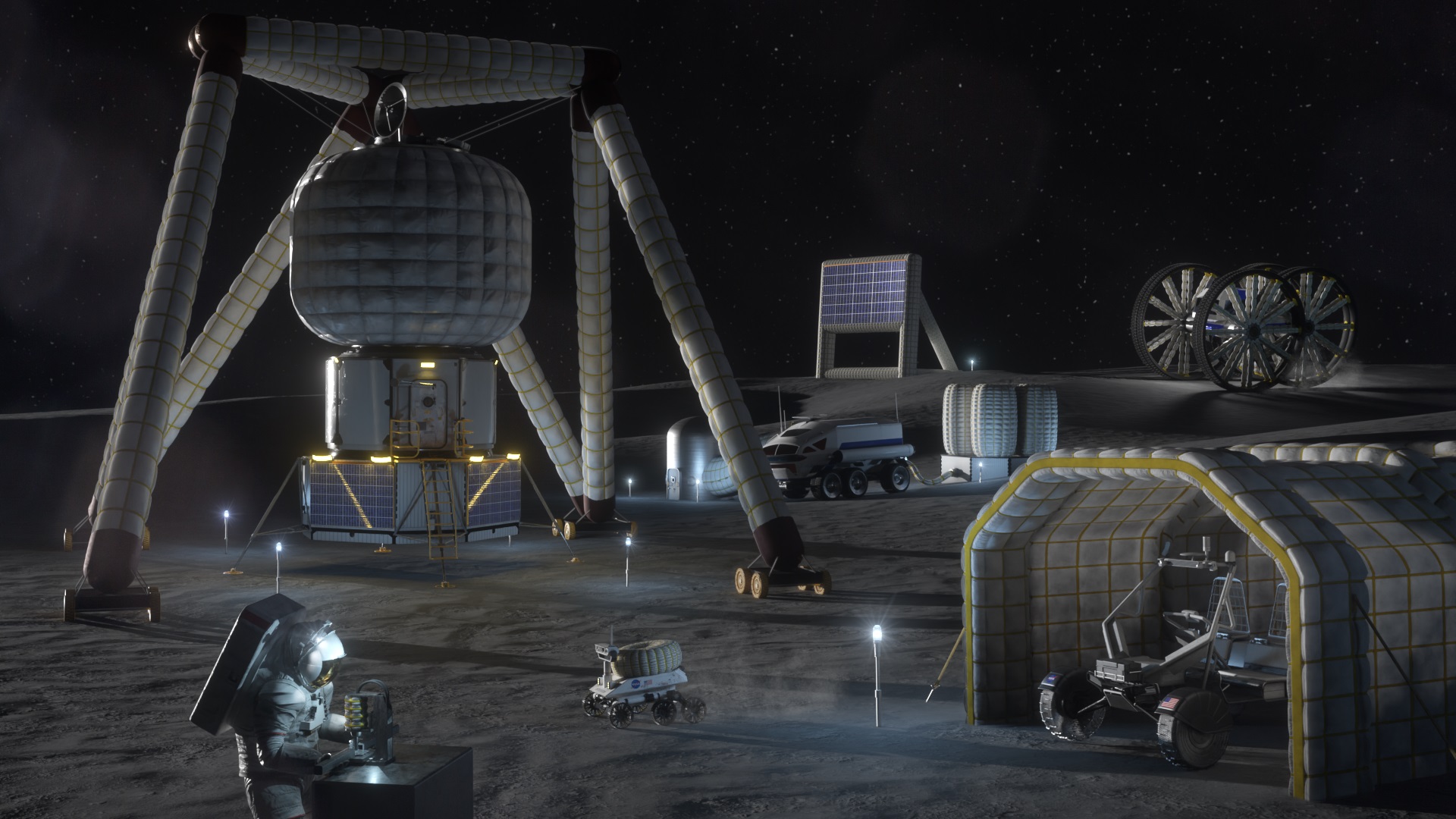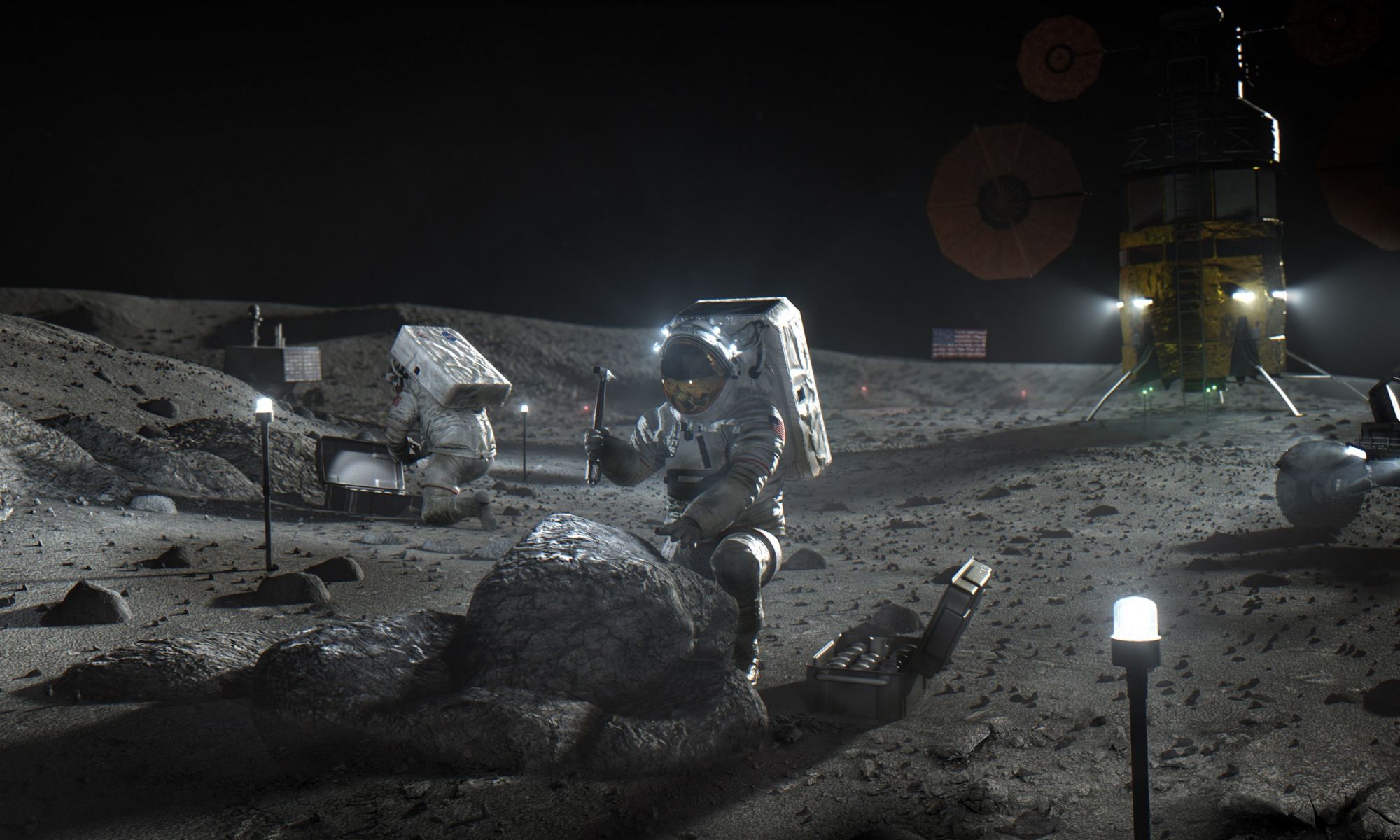After months of waiting, SpaceX made its second attempt at an orbital flight this past Saturday (November 18th). During their previous attempt, which occurred back in April, a fully-stacked Starship (SN24) and Super Heavy (BN7) prototypes managed to make it off the landing pad and reach an altitude of about 40 km (25 miles) above sea level. Unfortunately, the SN24 failed to separate from the BN7 booster a few minutes into the flight, causing the vehicle to fall into an uncontrolled tumble and forcing the ground teams to detonate the onboard charges.
Things went better this time as the SN25 and BN9 prototypes took off at about 7:00 AM local time (8:00 AM EDT; 05:00 AM PDT) from the Starbase launch complex. The SN25 successfully separated from its booster two minutes and fifty seconds later – at an altitude of 70 km (43 mi) – and reached an altitude of about 148 kilometers (92 miles), just shy of SpaceX’s goal of 150 km (~93 mi). However, the booster stage was lost about 30 seconds after separation, exploding over the Gulf of Mexico. The SN25 also exploded about eight minutes into the flight, reportedly because its flight termination system was activated.
Continue reading “SpaceX Tested Its Starship Again. Successful Launch But Both Vehicles Were Destroyed”

